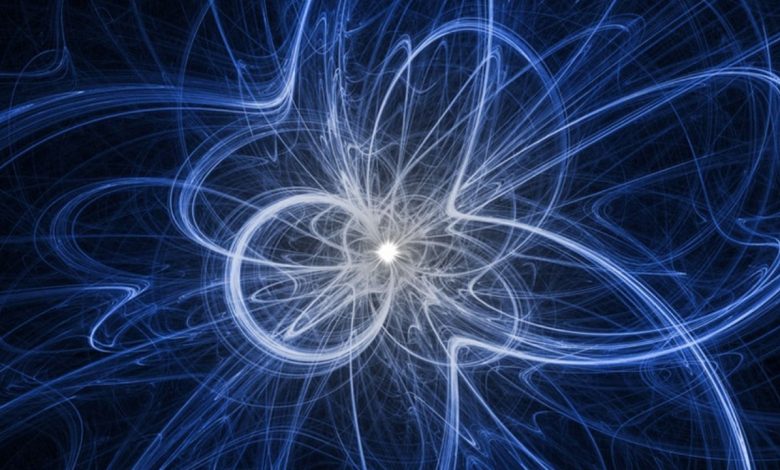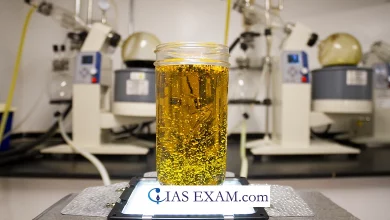
Context- In a recent report, Japanese physicists using the Kamioka Liquid Scintillator Antineutrino Detector (KamLAND) stated that after analyzing data from the previous two years, they were unable to locate any indications that neutrinos might be their own antiparticles.
Neutrinos: Key Highlights
- A condition known as neutrinoless double beta-decay is the goal of KamLAND.
- By emitting two electrons and two electron antineutrinos, two neutrons in an atom transform into two protons in a normal double beta-decay.
- Anti-neutrinos cannot be emitted in a neutrinoless double beta-decay unless they are simply distinct types of neutrinos.
What is a neutron?
-
- After photons (light particles), the second most abundant particle in the universe, neutrinos are abundantly produced in the cores of stars.
- Properties: Their properties provide a window into the universe’s microscopic structure because they are so common.
- The question of whether neutrinos are in fact their own antiparticles is one example. If they were, physicists would know why there is more matter than antimatter in the universe.
- Significance:
-
- The relationship between neutrino oscillations and mass is crucial to understanding how the universe began.
- Sources of Neutrinos
- Numerous radioactive decays produce neutrinos; during a supernova, when atoms are struck by cosmic rays, etc.
Anti-Particles: What are They?
- There is an antiparticle for every elementary particle. In a split second of energy, the two will collide and destroy one another.
- The positron is the opposite of the electron. Similar to neutrinos, anti-neutrinos also exist.
- However, due to their opposing charges, electrons and positrons can be distinguished.
- Neither neutrinos nor enemies of neutrinos have electric charge, nor some other properties to separate between them, as a matter of fact.
- Matter particles and force-carrying particles are two types of subatomic particles. Fermions, or neutrinos, are matter particles. Dirac fermions and Majorana fermions are two additional divisions of fermions. Majorana fermions, on the other hand, are their own antiparticles, whereas Dirac fermions are not.





.png)



